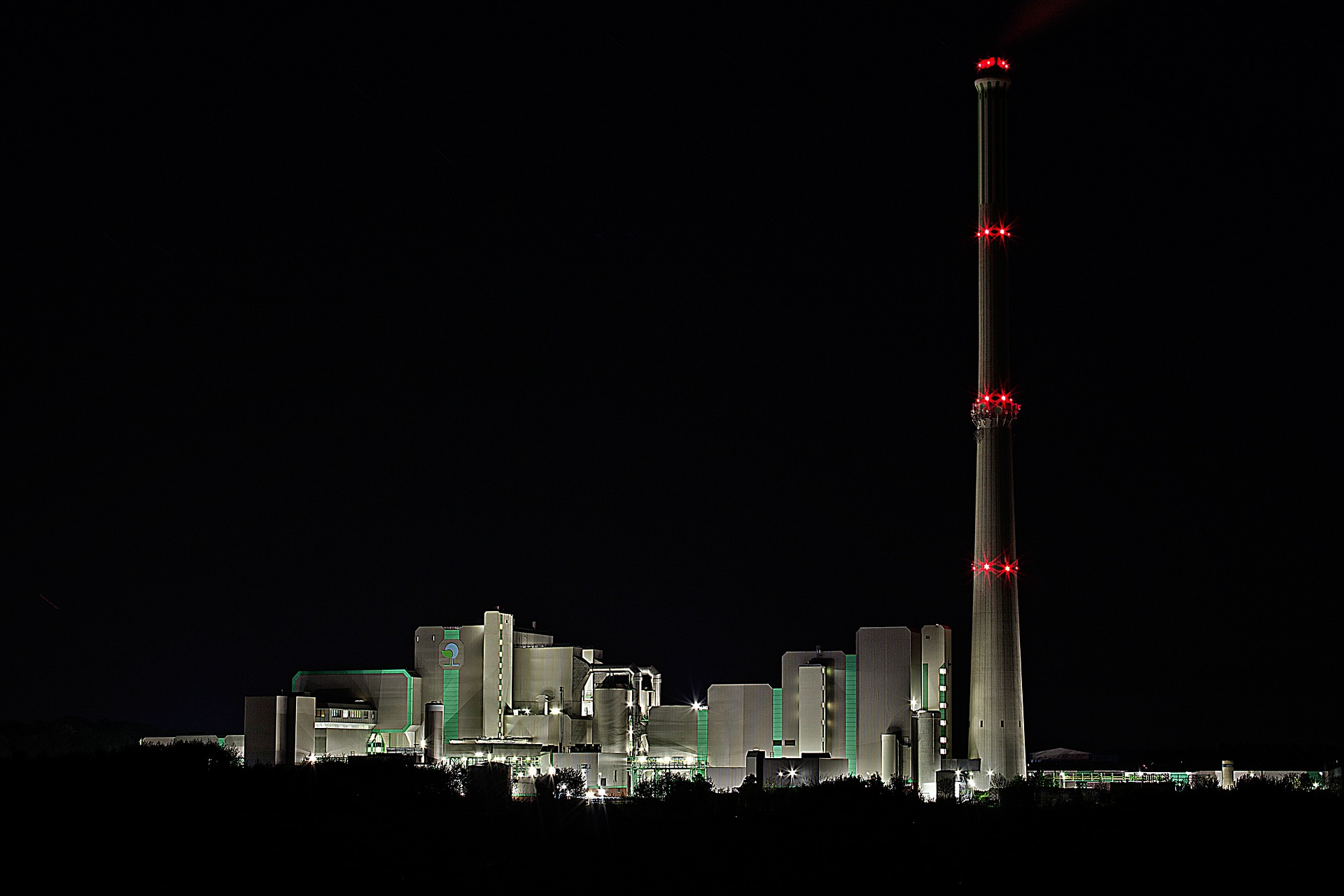In the wake of the publication of the first Delegated Act, the European Suppliers of Waste-to-Energy Technology (ESWET) reaffirm their support to the EU Taxonomy as an important tool towards a carbon-neutral Europe. On a positive note, we welcome the inclusion of anaerobic digestion in the first Delegated Act of the Taxonomy. The Platform on Sustainable Finance rightly recognised the role played by this Waste-to-Energy technology in reducing landfills and related methane emissions.
However, the Delegated Act fails to reflect a comprehensive approach for waste management. While prevention, reuse and recycling of waste should remain the priority of any policy, technologies like Waste-to-Energy need support for the service they provide in safely manage non-recyclable waste.
“We believe that, following the request made in March 2020 by the Technical Expert Group on sustainable finance (TEG), the Platform on sustainable finance should have considered the role of Waste-to-Energy in the Taxonomy” commented Patrick Clerens, ESWET Secretary-General.
This call has been echoed by trade associations across several sectors, which invited the Platform to consider Waste-to-Energy’s contribution to the climate and circular economy goals. The need to address this question has been also highlighted by a PWC’s legal analysis of Waste-to-Energy in the Taxonomy.
But today, the Taxonomy still overlooks the environmental impact of non-recyclable waste, when many EU Member States landfill more than 40% of their waste, and waste generation is increasing in Europe for a third year in a row.
Thus, ESWET calls for the Commission to foster a technology-neutral and open discussion on Waste-to-Energy in the context of its work on the second Delegated Act, in order to assess under what conditions Waste-to-Energy can contribute to the circular economy and pollution prevention.










